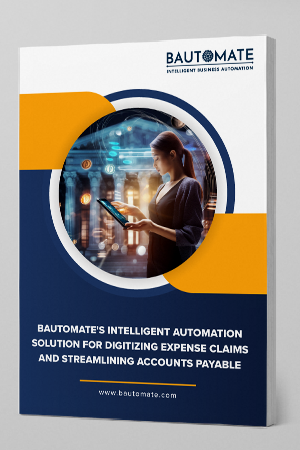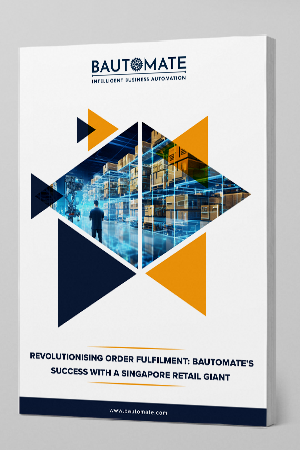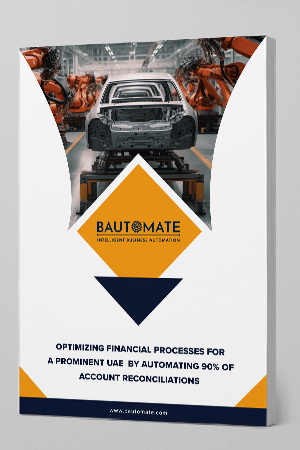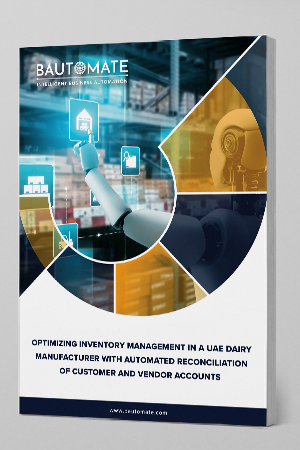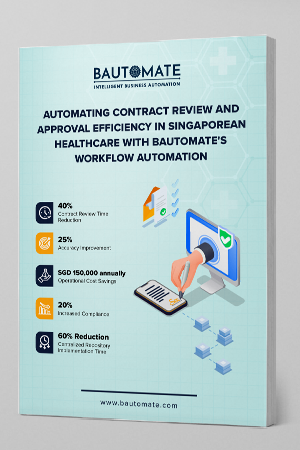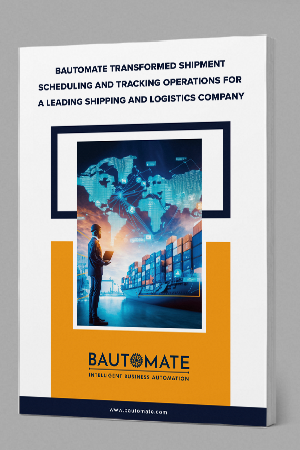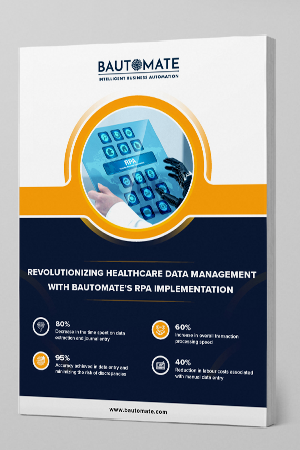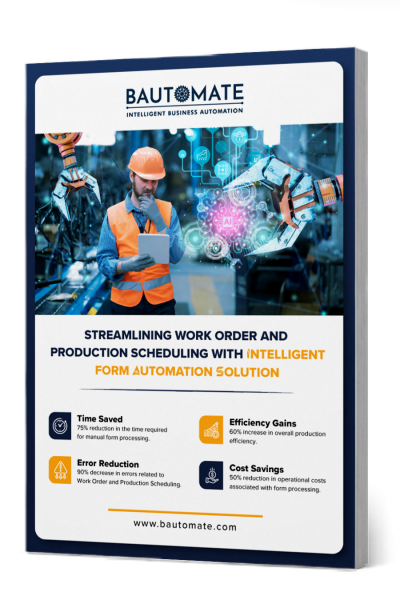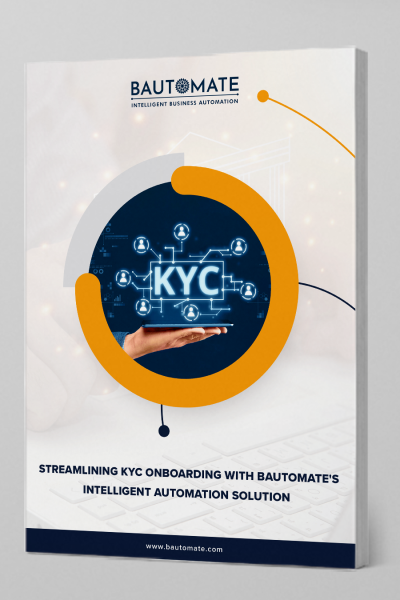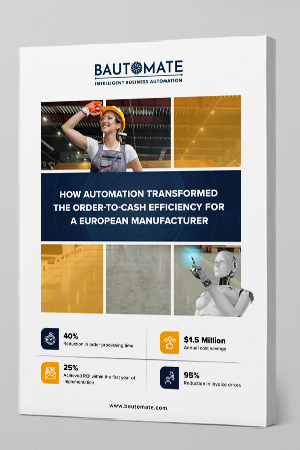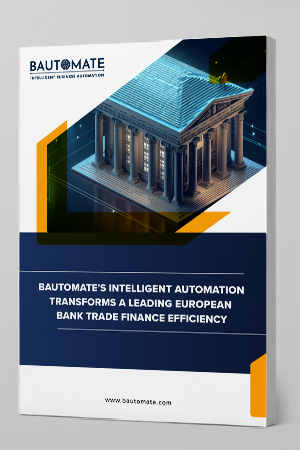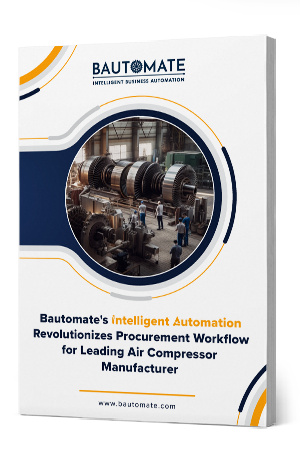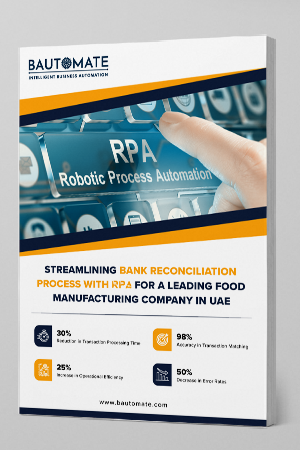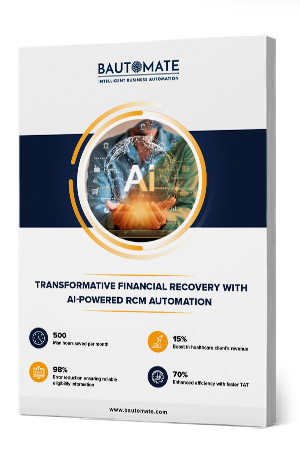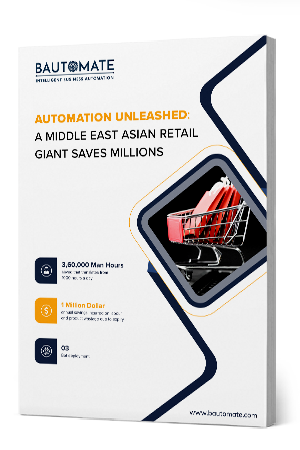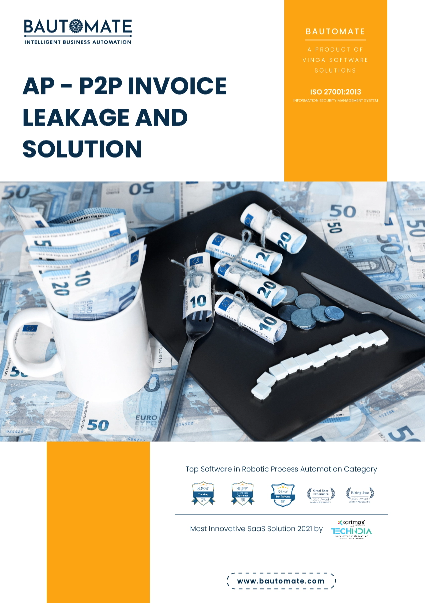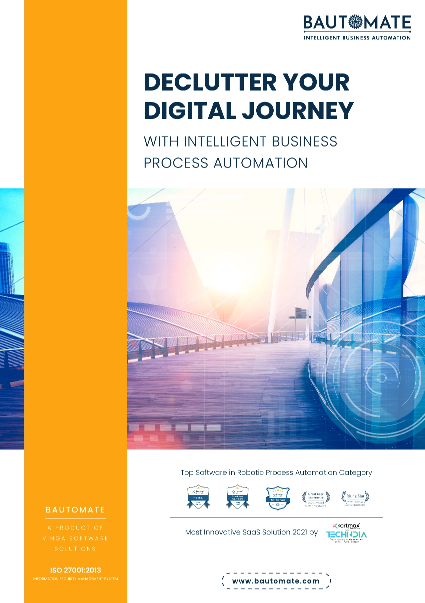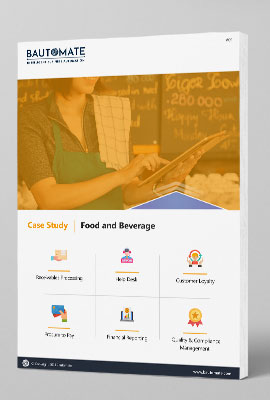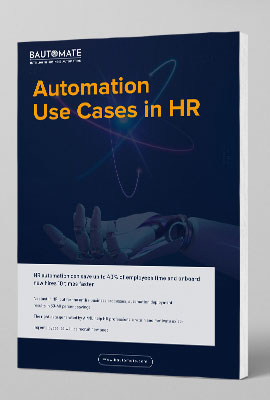
In today’s fast-paced business environment, organizations need to stay competitive by adopting new technologies that can streamline their operations, reduce costs, and improve productivity. Two of the most popular technologies that have emerged in recent years to address these needs are Business Process Automation (BPA) and Robotic Process Automation (RPA). While both technologies aim to automate business processes, there are some fundamental differences between them. In this blog post, we will explore these differences in detail.
Business Process Automation (BPA)
BPA is a technology that uses tools or softwares to automate complex business processes, such as inventory management, customer service, or billing. It is designed to streamline workflows, reduce errors, and enhance productivity by eliminating manual tasks and freeing up employees to focus on more important tasks. BPA solutions can be customized to meet the specific needs of an organization and can be integrated with existing systems.
One of the key benefits of BPA is that it can help organizations to standardize their processes and ensure that everyone is following the same procedures. This can be particularly useful in industries that are heavily regulated, such as finance or healthcare. BPA can also help organizations to identify areas where they can make improvements, by providing data on process performance and highlighting bottlenecks or inefficiencies.
Robotic Process Automation (RPA)
RPA, on the other hand, is a technology that uses bots to automate repetitive, rule-based tasks, such as data entry, invoice processing, or report generation. RPA bots can be programmed to mimic human actions, such as clicking buttons, entering data into forms, or copying and pasting information. Unlike BPA, RPA does not require complex programming or system integration, making it a faster and more cost-effective solution.
One of the key benefits of RPA is that it can be deployed quickly and easily, without the need for extensive training or IT resources. RPA bots can work 24/7, without taking breaks or making errors, which can improve efficiency and reduce costs. RPA can also be used to improve accuracy and compliance, by ensuring that all tasks are completed according to the same set of rules.
Differences between BPA and RPA
While BPA and RPA both aim to automate business processes, there are some key differences between the two technologies.
1. Scope of Automation
BPA is designed to automate complex, end-to-end processes that involve multiple systems and people. It typically requires significant planning and customization to implement, and can take several months or even years to fully automate a process. RPA, on the other hand, is designed to automate specific tasks or processes, and can be deployed quickly and easily, often within a matter of weeks.
2. Complexity
BPA solutions are typically more complex than RPA solutions, as they involve integrating multiple systems and processes. BPA solutions often require significant IT resources and expertise to implement and maintain, while RPA solutions can be managed by business users with minimal technical skills.
3. Workflows
The difference in workflows between BPA and RPA lies in the level of automation involved. BPA involves automating entire business processes, which may involve multiple steps and decision points that require significant human input. BPA workflows may be complex and involve multiple systems and applications.
RPA, on the other hand, focuses on automating individual tasks within a process. RPA workflows are typically simpler and more straightforward. It involves interactions with multiple applications or systems, but the focus is on completing a specific task quickly and accurately replacing human intervention. Bot automation tracks screen scraping, which means that they record some information on web forms and store the recorded data for future use.
4. Scalability
BPA solutions are designed to handle large volumes of data and processes, and can be scaled to meet the needs of a growing organization. RPA solutions, on the other hand, require additional bots to be added as the volume of work increases.
Conclusion
In summary, while BPA and RPA both aim to automate business processes, they are designed to address different needs. Both differ in terms of their implementation. BPA is ideal for organizations looking to automate complex, end-to-end processes that involve multiple systems and people, while RPA is used for certain steps of the process. When combined, RPA and BPA can help build a powerful platform that can support digital transformation across your organization.
Bautomate is a powerful low code platform that fosters digital transformation with both RPA and BPA technologies facilitating organizations to automate business processes. Connect with our experts to get started!




